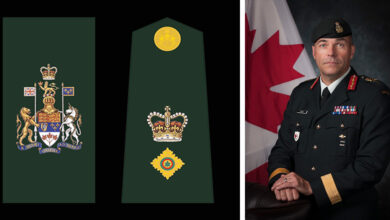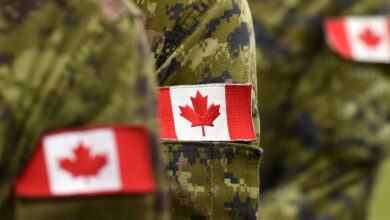Policy
CAF Issues 2024 Combat Boot Directive
With so many changes to CAF dress instructions, the military community honed in on articles centred around these policy changes. Our article on CAF 2024 Combat Boot Directives comes in at number four. Read these instructions here:
The Canadian Armed Forces recently released an updated CANFORGEN regarding boots.
While the directive supersedes the 2020 CANFORGEN regarding Temperate Weather non-safety Combat Boot Funding Assistance, no changes exist.
“To clarify, there is no change to this directive from the previous version,” said Kened Sadiku, Media Relations spokesperson in an email.
However, there was an issue with the French version of the CANFORGEN.
The new CANFORGEN “was merely to correct a French typo, however that’s still being worked on right now. Once these inconsistencies are addressed, the French copy will rectify those typos,” said Sadiku.
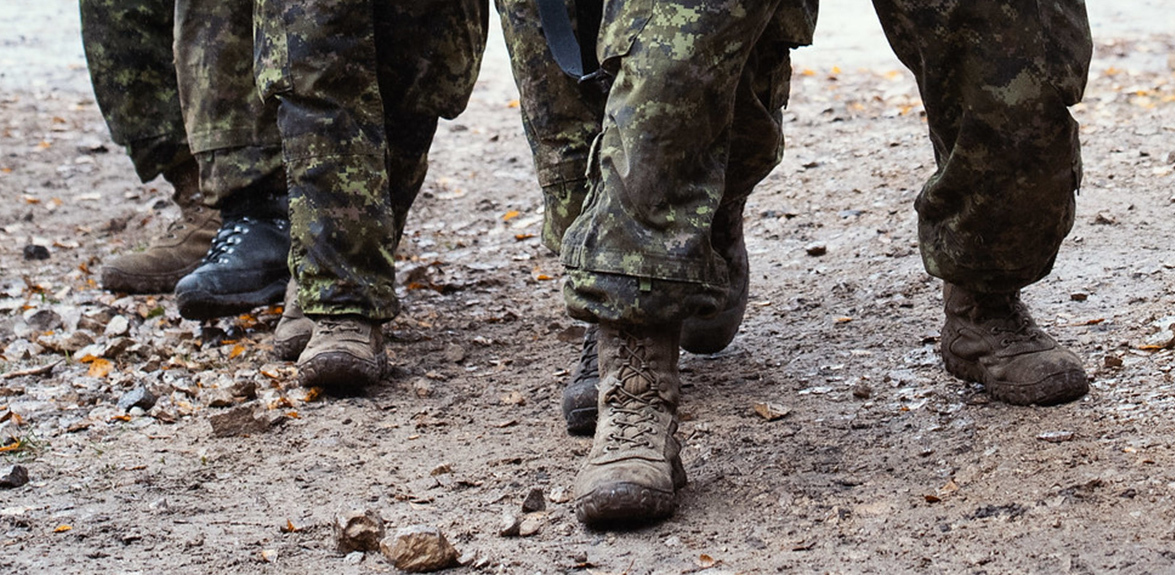
New CANFORGEN Reiterates Previous Info
All entitled Regular Force and Primary Reserve Force members are eligible for Temperate Weather non-safety Combat Boot Funding Assistance, according to recent directives from the military.
“Operational footwear is mission critical, highly personalized and an integral component of an individual’s personal equipment. All CAF members entitled to wear combat boots…would benefit from greater flexibility in selecting the type of combat book that is best suited to their operating environment,” stated the CANFORGEN.
The phased changes apply only to temperate, non-safety combat boots.
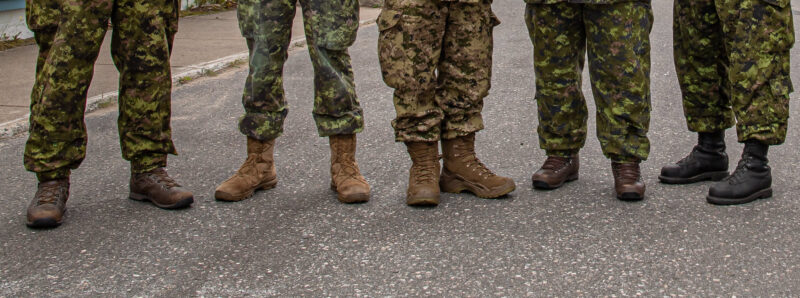
Management of Combat Boots
The administration of combat boots will eventually be managed by the Clothing and Footwear Consolidated Contract, which is “an online model similar to the non-operational clothing and footwear contract for service dress items.”
According to the military directive, the transition will occur in two phases and will take place over the next several years.
Phase one is an interim policy that will allow CAF members to purchase their combat boots of their choice based on “simple selection criteria and local chain of command guidance.” The reimbursement will be based on a pre-determined dollar amount, which has yet to be disclosed.
Phase two will eventually transition the purchase of these boots to the online catalogue, similar to how clothing is now managed.
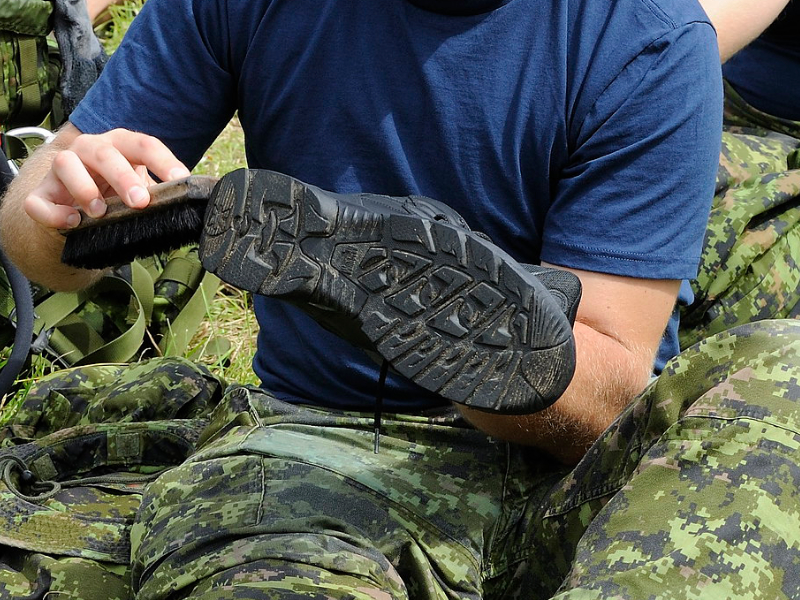
Regular Force and Primary Reserve Force
Still, in effect, all entitled Regular Force and Primary Reserve Force members are eligible for Temperate Weather non-safety Combat Boot Funding Assistance.
According to the CANFORGEN, entitled members are defined as those “authorized to draw operational clothing, are at operational function point, and are on effective strength.
Clothing stores will continue to engage in one-for-one exchanges for members who are not yet at the operational function point. However, the defence supply chain will continue to replenish boots when needed in emergency conditions.
New members will also continue to be issued combat boots during the initial kitting process. National inventory will be prioritized and centralized in specific locations.
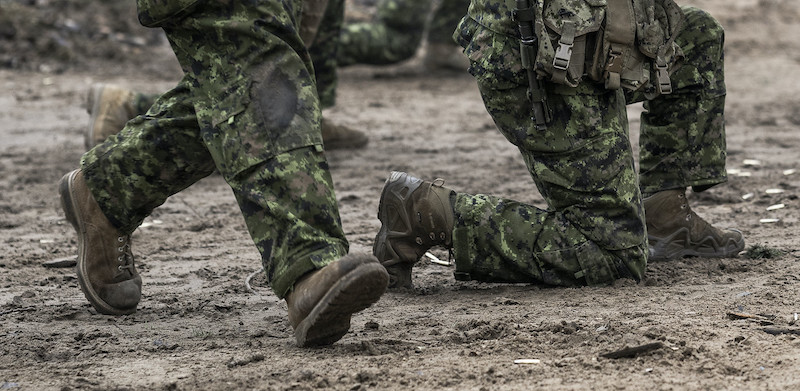
Entitlement Tiers
Entitlement for reimbursements is based on a tiered system.
Those in tier one are any member belonging to a CMBG that include:
- 1 Canadian Division HQ,
- Canadian Forces Joint Operational Support Group (CFJOSG) High Readiness Elements,
- Canadian Combat Support Brigade (CCSB),
- Canadian Manoeuvre Training Centre (CMTC),
- Canadian Division Training Centre (CDTC),
- Canadian Ranger Patrol Group (CRPG) HQ,
- Combat Training Centre (CTC),
- Joint Task Force X (JTF-X),
- CANSOFCOM Units,
- 1 Wing,
- 2 Wing and
- Primary Reserve members on Class B service with the organizations listed above.
Tier two members are any who are not in tier one but wear Army or RCAF operational dress as well as:
- CANSOFCOM HQ,
- Divisional HQS,
- Canadian Joint Operations Command (CJOC) HQ,
- Canadian Combat Support Brigade (CCSB) HQ,
- Canadian Brigade Group (CBG) HQ and Ares Units,
- Canadian Rangers Patrol Group (CRPG) HQ and
- Primary reserve member affiliated with those above.
Tier three is comprised of members who wear service dress as the dress of the day and any primary reserve member on class A or B service not working in tier 1 or tier 2.
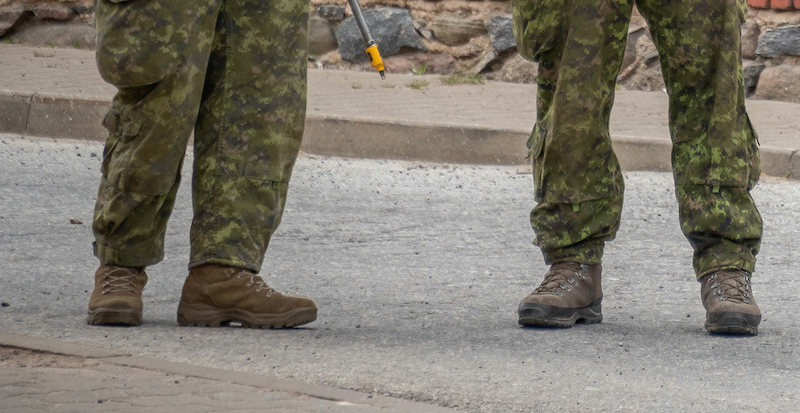
Reimbursements
All three tiers are eligible for reimbursement every two years but the amount cannot exceed $340, excluding taxes. Applicable taxes will be reimbursed over the $340 amount. Shipping, import duty, and foreign exchange will only be reimbursed if it’s within the prescribed limits.
Those who are in an isolating posting will be reimbursed if the domestic shipping cost exceeds $340. According to the CANFORGEN, the entitlement does not accumulate. Special considerations are made for those on deployments.
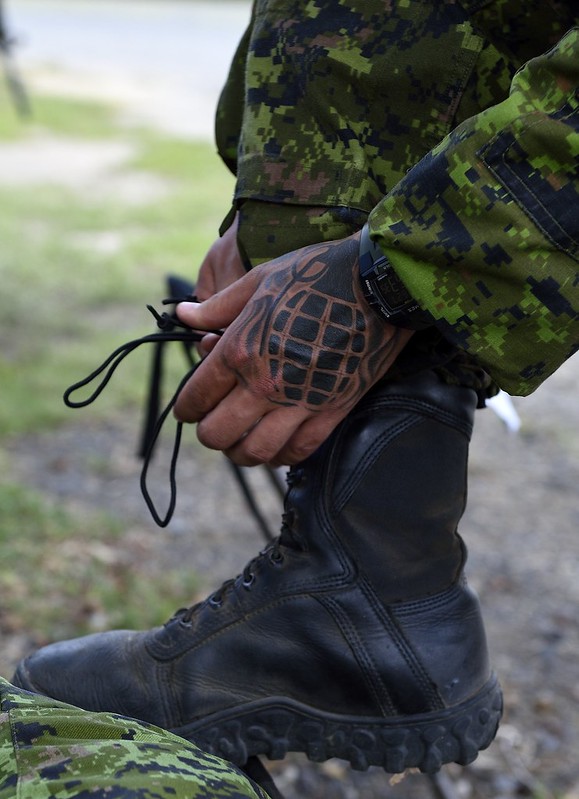
Boot Criteria
Although the military will allow flexibility in choosing boots, it does, however, still need to ensure boots are “safe for use, adhere to dress regulations and will meet the demands of an operational environment.”
Therefore, boots must meet the following criteria:
- Brown boots are preferred, but black and tan are acceptable.
- Boots should be designed to operate in temperatures between 4 Celsius and more than 35 Celsius.
- They must be a maximum of 15 cm all around and a maximum of 23 cm from inside the boot, on top of the footbed, to the lowest point and to the rear of the boot.
- Sole, non-marking, fuel, oil, and acid-resistant nitrile rubber outsole
- Boots shall be military pattern and not a civilian or commercial “hiking boot.”
- For the Air Force: boots must not utilize zippers or slide fasters but a “self-cleaning outsole and a speed lacing system with closed loops required.”
Only boots meeting the criteria will be reimbursed.
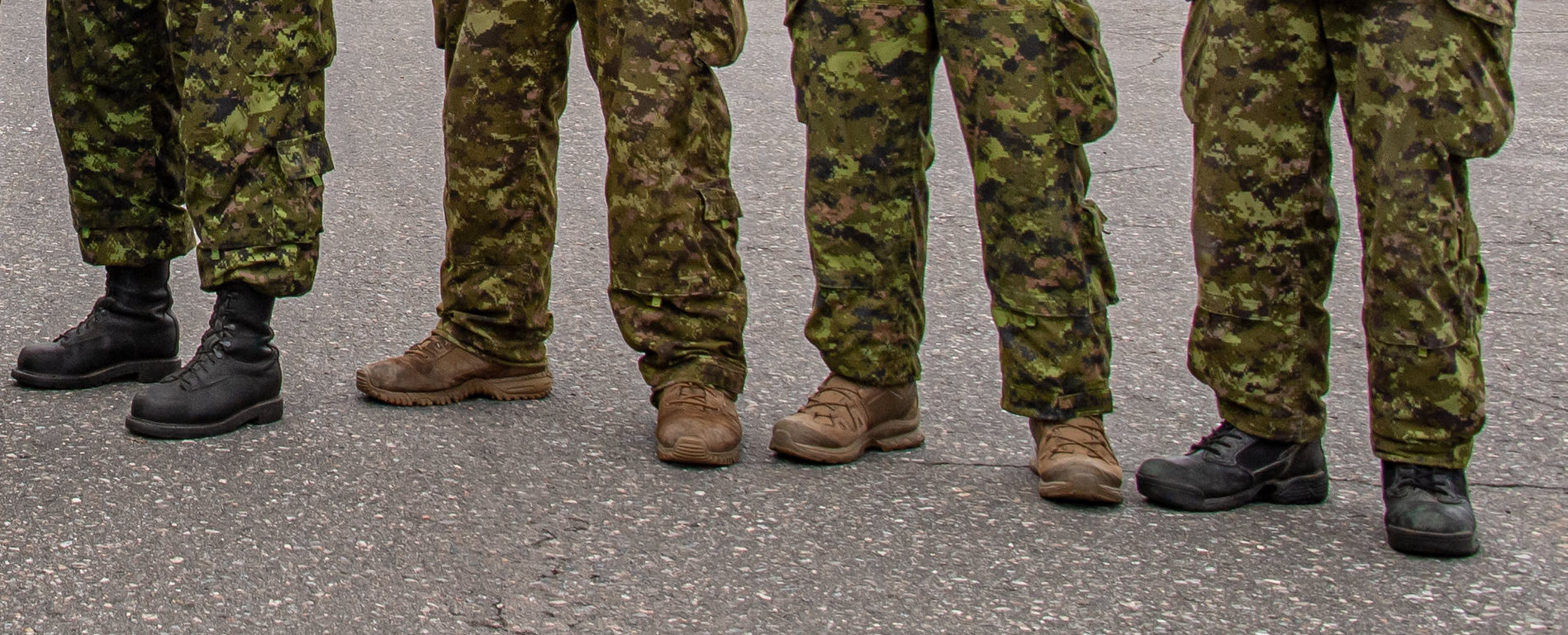
Phase One Process
Members should review all criteria for reimbursement and purchase of boots. The CANFORGEN states that there will be no advances for boot purchases except for case-by-case exceptions.
To claim reimbursement, original receipts must be submitted and unit authorization to the unit orderly room to initiate the reimbursement process. Members can claim reimbursement for up to one year.
The CANFORGEN noted “purchase of CBT Boots using individual departmental credit cards, as identified in FAM 1016-7 is strictly forbidden.”
For more information, contact your chain of command or reach out to emails:
(PLUS SIGN)DSSPM CLOTHING – VETEMENTS DAPES(AT)ADM(MAT)DSSPM(AT)OTTAWA-HULL [+DSSPM Clothing – Vetements DAPES@ADM(Mat) DSSPM@Ottawa-Hull]
CANADIAN ARMY: (PLUS SIGN)CA G4 SUP – APPRO G4 AC(AT)C ARMY DAFS/G4(AT)OTTAWA-HULL [+CA G4 Sup – Appro G4 AC@C Army DAFS/G4@Ottawa-Hull] AND
RCAF: (PLUS SIGN)A4 LOG SYSTEMS SUPPLY CHAIN MANAGEMENT(AT)1 CDN AIR DIV HQ A4 LOG(AT)WINNIPEG [A4LogSSCM







